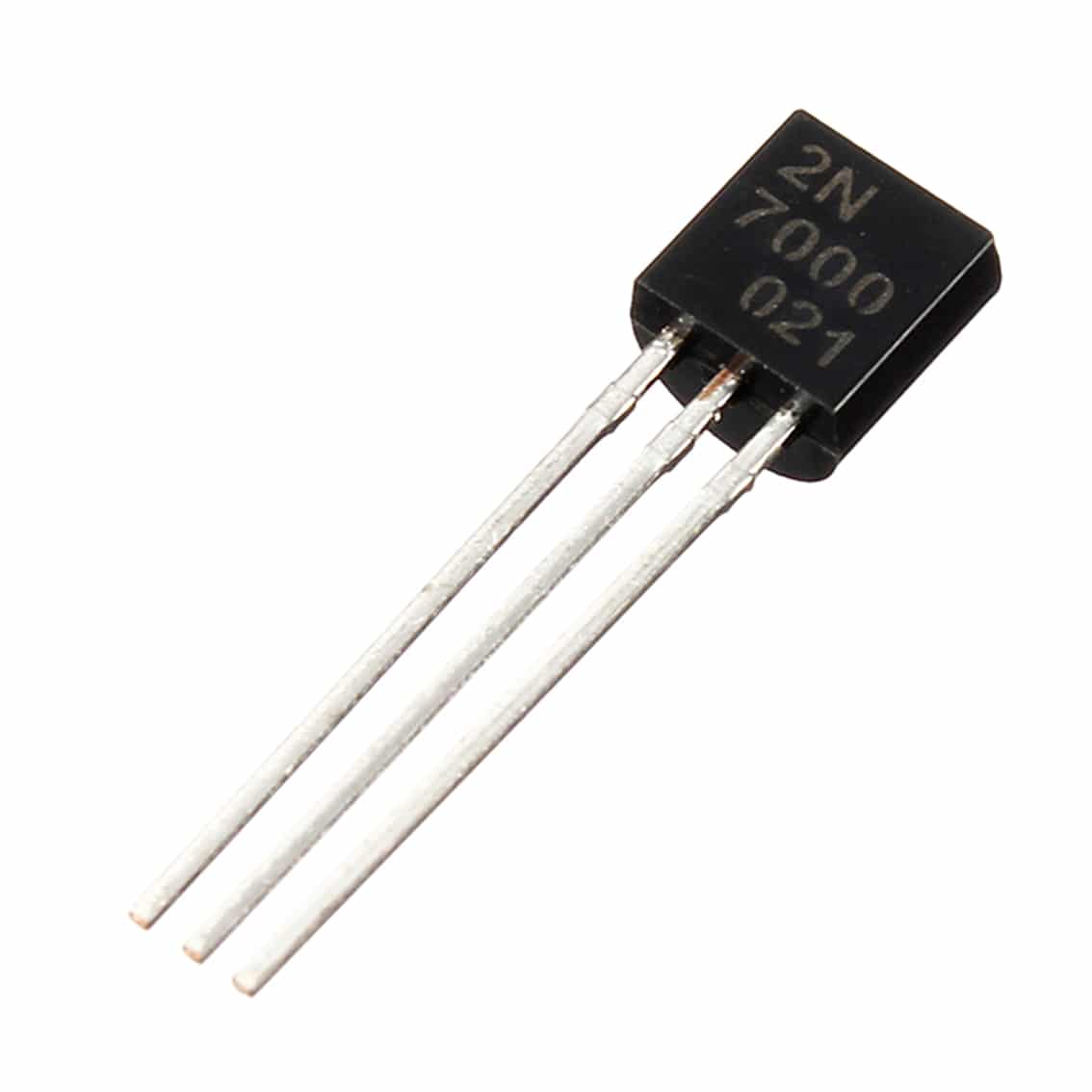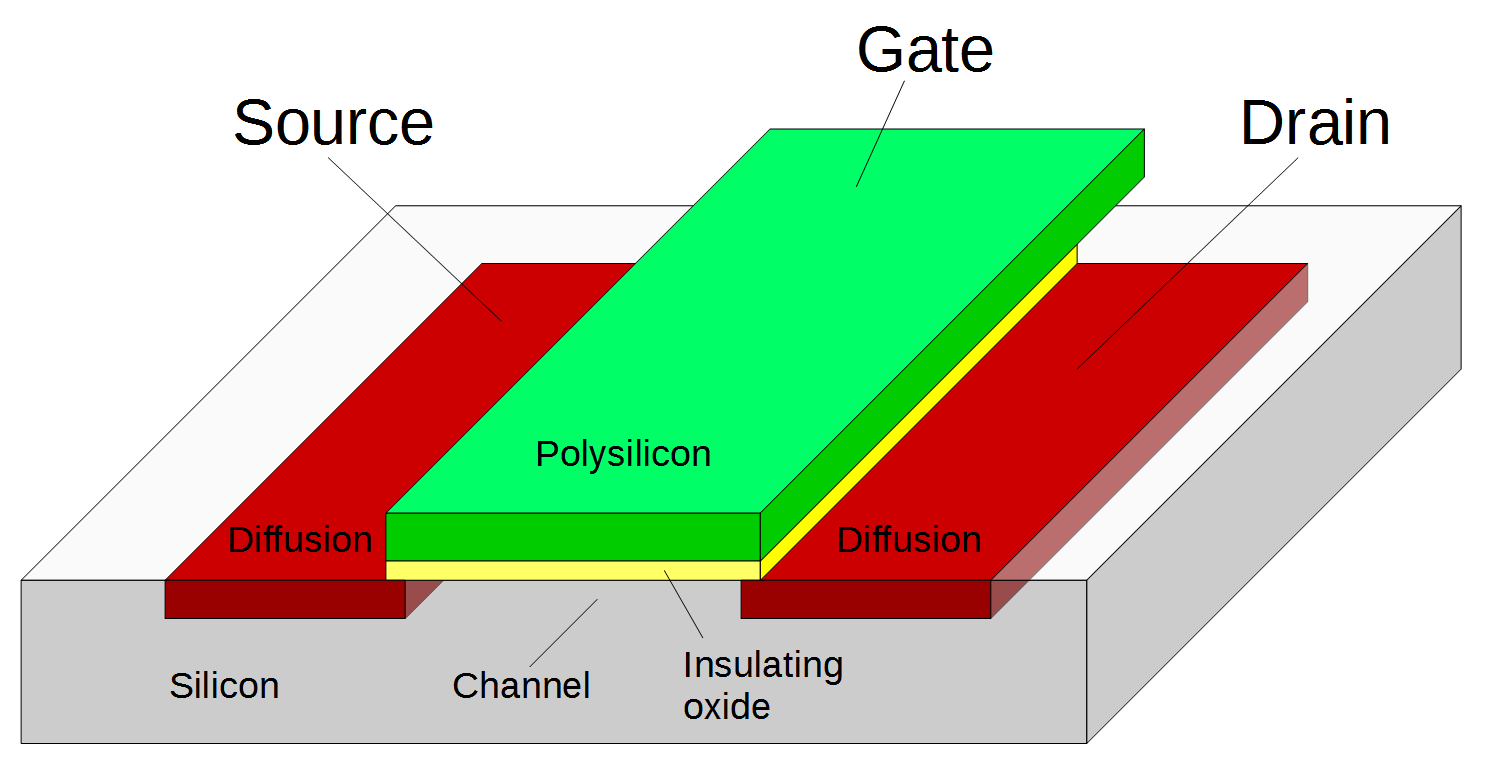


With its low resistance and short transit times in the thin metallic nanolayer base, the device was capable of high operation frequency compared to bipolar transistors. This device has a metallic layer with nanometric thickness sandwiched between two semiconducting layers, with the metal forming the base and the semiconductors forming the emitter and collector. In 1962, Atalla and Kahng proposed and demonstrated an early metal nanolayer-base transistor. They later conducted further research on high-frequency Schottky diodes. The Schottky diode went on to assume a prominent role in mixer applications. They published their results in 1962 and called their device the "hot electron" triode structure with semiconductor-metal emitter. The Schottky diode, also known as the Schottky-barrier diode, was theorized for years, but was first practically realized as a result of the work of Atalla and Kahng during 1960–1961. However, Bell Labs initially ignored MOS technology, as the company was not interested in integrated circuits at the time.Įxtending their work on MOS technology, Atalla and Kahng next did pioneering work on hot carrier devices, which used what would later be called a Schottky barrier. They noted that the MOS transistor's ease of fabrication made it useful for integrated circuits. They fabricated both PMOS and NMOS devices with a 20 µm process.Ītalla in 1960, and then Kahng in 1961, proposed the concept of the MOS integrated circuit. He was a researcher at Bell Telephone Laboratories in Murray Hill, New Jersey and he invented MOSFET (metal-oxide-semiconductor field-effect transistor), which is the basic element in most of today's electronic equipment, with Mohamed Atalla in 1959. The MOSFET was invented by Kahng with his colleague Mohamed Atalla at Bell Labs in 1959. He studied Physics at Seoul National University in South Korea, and immigrated to the United States in 1955 to attend Ohio State University, where he received a doctorate in physics. Kahng was inducted into the National Inventors Hall of Fame in 2009.ĭawon Kahng was born on May 4, 1931, in Seoul, Korea. Kahng and Sze proposed that FGMOS could be used as floating-gate memory cells for non-volatile memory (NVM) and reprogrammable read-only memory (ROM), which became the basis for EPROM (erasable programmable ROM), EEPROM (electrically erasable programmable ROM) and flash memory technologies. Kahng then invented the floating-gate MOSFET (FGMOS) with Simon Sze in 1967. The MOSFET is the most widely used type of transistor, and the basic element in most modern electronic equipment.Ītalla and Kahng later proposed the concept of the MOS integrated circuit, and they did pioneering work on Schottky diodes and nanolayer-base transistors in the early 1960s. Atalla and Kahng developed both the PMOS and NMOS processes for MOSFET semiconductor device fabrication. He is best known for inventing the MOSFET (metal-oxide-semiconductor field-effect transistor), also known as the MOS transistor, with Mohamed Atalla in 1959.

#Mosfet transistor inventor full
We still do not understand in full the magnitude and the consequences of this transformation.Dawon Kahng (– May 13, 1992) was a Korean-American electrical engineer and inventor, known for his work in solid-state electronics. Nowhere in the world can I find a monument of the MOSFET and his inventor Julius Edgar Lilienfeld who almost 100 years ago patented this incredibly important semiconductor device.īillions of MOSFETs are in the silicon chips of every smartphone, tablet, laptop, desktop and power hungry data centre. Without the MOSFET, the chips and the corresponding electronic devices there will be no internet, world wide web, Google, Facebook, Instagram, Tweeter, WhatsApp, digital economy, on line shopping… In the last few decades the MOSFET has completely transform the economy, the society and us as humans. The Metal Oxide Semiconductor Field Effect Transistor (MOSFET) is fuelling the Third and Fourth Industrial Revolutions but very few people even know about its existence.

James Watt and the steam engine fueled the First Industrial Revolution and their monuments are everywhere. Were is the monument of the MOSFET and his inventor?


 0 kommentar(er)
0 kommentar(er)
